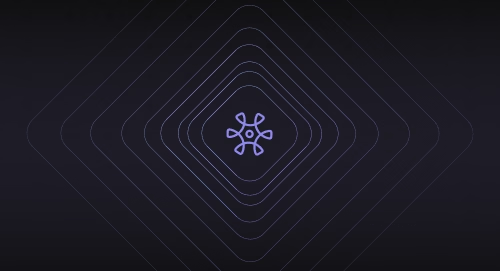PDF Analysis Survey Platform: Turning Documents into Research Data
Surveys promised voice, but attachments like PDFs became dead weight. Sopact changes that. Every file uploaded is parsed instantly by Intelligent Cell, tied to a unique ID, and delivered as structured, auditable evidence — making survey analysis continuous and decision-ready.
Author: Unmesh Sheth — Founder & CEO, Sopact · LinkedIn
Key Questions and Answers
What is PDF survey analysis? It’s the process of treating uploaded documents as structured data — not static files — so AI can extract metrics, themes, and compliance checks instantly. Sopact integrates this into one clean pipeline.
Why is it strategic now? Because fragmented survey tools ignore attachments, wasting up to 80% of analyst time. With Sopact, PDFs enrich dashboards in minutes, enabling mid-course corrections, not post-mortems.
What’s wrong with today’s PDF uploads?
Most survey platforms — from Google Forms to SurveyMonkey — treat PDFs as attachments, not data. Teams stash them in drives, assign interns to summarize, and ship reports months later. Analysts waste 80% of time cleaning data, not learning. The result is bias, drift, and decisions made too late.
What is a PDF survey in Sopact terms?
A PDF survey is an advanced workflow where responses include documents — essays, grant reports, transcripts. In Sopact, each file is parsed at upload, linked to a unique ID, and analyzed via Intelligent Cell. That makes PDFs live, comparable data streams instead of dead attachments.
Why does PDF analysis matter now?
Checkboxes capture the “what.” PDFs explain the “why.” Without inline analysis, dashboards show scores but no reasons. Workforce training proves the case: scores rise or fall, but essays and certificates explain why. Generic AI tools like ChatGPT can summarize one file, but they can’t enforce IDs, rubrics, or dashboard integration:contentReference[oaicite:8]{index=8}.
How does Sopact’s Intelligent Suite process PDFs?
Sopact Sense processes every file at the cell level:
| Step | What happens |
|---|---|
| Summarize | Plain-language digest of content |
| Extract | Metrics like hours trained, skills acquired |
| Code | Themes like motivation, barriers, sentiment |
| Score | Rubric applied consistently across cohorts |
| Link | Tied back to same unique ID as survey row |
Unlike ad-hoc AI readers, Sopact enforces IDs, ensures rubric consistency, and outputs BI-ready data:contentReference[oaicite:9]{index=9}.
What outcomes does AI-ready PDF analysis deliver?
- Speed: 5–100 page PDFs processed in minutes.
- Consistency: Rubrics applied identically across participants.
- Compliance: Missing sections flagged instantly.
- Integration: Outputs align with CRM and BI dashboards.
- Trust: Numbers and narratives stay side by side.
Which use cases prove the difference?
Workforce training: Learners upload reflective essays and certificates. Sopact codes essays for barriers and motivation, aligns with scores, and updates dashboards mid-program.
Compliance reviews: CSR partners upload policies. Sopact checks rules, flags gaps, and routes files automatically.
Grantmaking: Foundations extract 15–20 indicators from existing reports instead of new surveys, cutting review cycles from months to days.
What’s required to set up automated PDF analysis?
The backbone is clean, centralized data.
- Assign unique IDs to every respondent.
- Validate completeness at upload; stop duplicates early.
- Analyze inline; no “backlog” coding.
- Standardize rules with rubrics and theme libraries.
- Publish outputs directly to BI tools.
Best practices for integrity and trust
Design for decisions, not inventories. Keep numbers and narratives linked. Audit AI outputs with transparent rubrics. Close the loop by showing contributors how their documents drive action. Re-run history when definitions evolve — preserving comparability across years:contentReference[oaicite:12]{index=12}.
FAQ: PDF Analysis in Surveys
How is PDF survey analysis different from a file upload?
A simple upload stores files. Sopact parses them instantly, extracts metrics, and links them to respondent IDs. That turns attachments into structured, comparable data.
What metrics can AI extract from long PDFs?
Counts, dates, skills, outcomes, rubric scores. Bias is reduced by applying the same rules across all documents, with audit trails and re-run capability.
Can PDF analysis replace annual data calls?
Often yes. Foundations extract key indicators from existing PDFs and fill gaps with short forms. That cuts burden while improving evidence quality.
How do documents, surveys, and CRM records stay aligned?
Through unique IDs and inline parsing. Every artifact maps to one profile, preventing duplicates and ensuring longitudinal continuity.
What should buyers demand in 2025?
Unique IDs, inline parsing, rubric libraries, structured outputs, BI-ready exports, re-run capability, and consent controls. Without these, you’re buying storage, not analysis.






